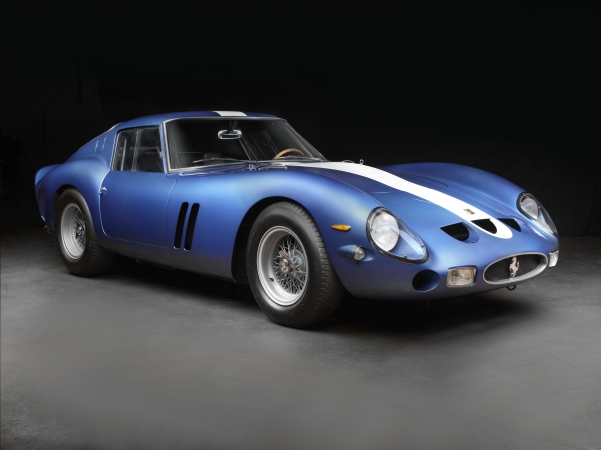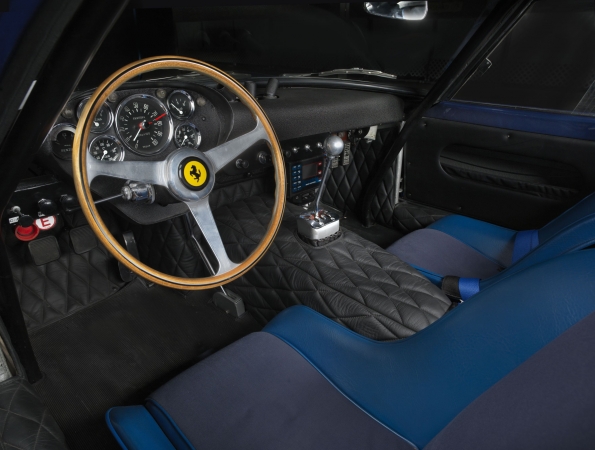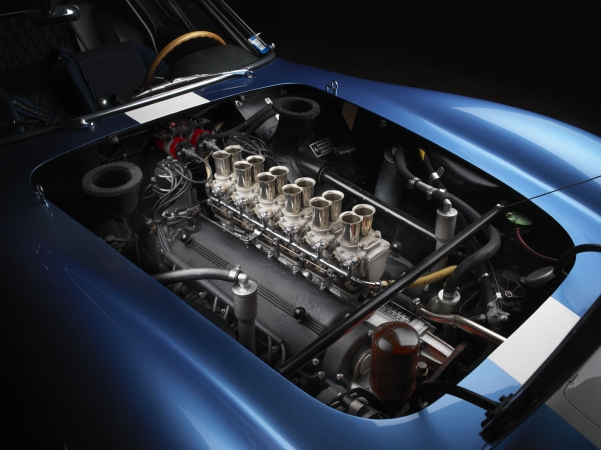Collection of Bernard and Joan Carl, Washington, D.C.

1962 Ferrari 250 GTO. Collection of Bernard and Joan Carl. Image © 2016 Peter Harholdt 
1962 Ferrari 250 GTO. Collection of Bernard and Joan Carl. Image © 2016 Peter Harholdt 
1962 Ferrari 250 GTO. Collection of Bernard and Joan Carl. Image © 2016 Peter Harholdt 
1962 Ferrari 250 GTO. Collection of Bernard and Joan Carl. Image © 2016 Peter Harholdt
Sponsored by: Barbara and Jack Bovender
Even though it did not come into existence through normal channels, it is reasonable to say that the 250 GTO was and is the ultimate expression of the classical front-engine racing sports car. And, as is evident from the astonishing prices attained by GTOs today, it is also the most desirable of all sports cars ever made.
The transcendent body design that has been so admired was not created by the hallowed house of Pininfarina that designed most Ferrari road cars, nor was it shaped by Sergio Scaglietti, who founded the eponymous Carrozzeria Scaglietti and built most Ferrari racer bodies before ceding ownership to Ferrari. The series was indeed built in Modena in Scaglietti’s shops, but the shape itself was from the inspired hands and eyes of Gian Carlo Guerra, a modest panel-beating workman who created a skeletal outline of what he wanted to see with aluminum wires, and then hammered sheets of metal to fit the contours he’d sketched in three dimensions to achieve those perfect proportions. Enzo Ferrari himself approved it for production. Guerra, the not-often-recognized designer of that Ferrari masterpiece, also wire-framed and built the slightly later and very lovely 275 GTB.
Only 39 GTOs were made, adding to the value of the storied vehicle, but directly challenging the rules of competition events established by the racing authorities. In order to participate in FIA world championship racing events, at least 50 identical models of a car had to be made and sold. Enzo Ferrari argued the chassis of the GTO was basically the same as the semiluxurious grand touring 250 SWB (short wheelbase). When that was challenged, Ferrari threatened to withdraw from racing altogether. The racing authorities subsequently yielded and allowed GTOs to race.
—Adapted from the exhibition catalogue essay by Robert Cumberford
